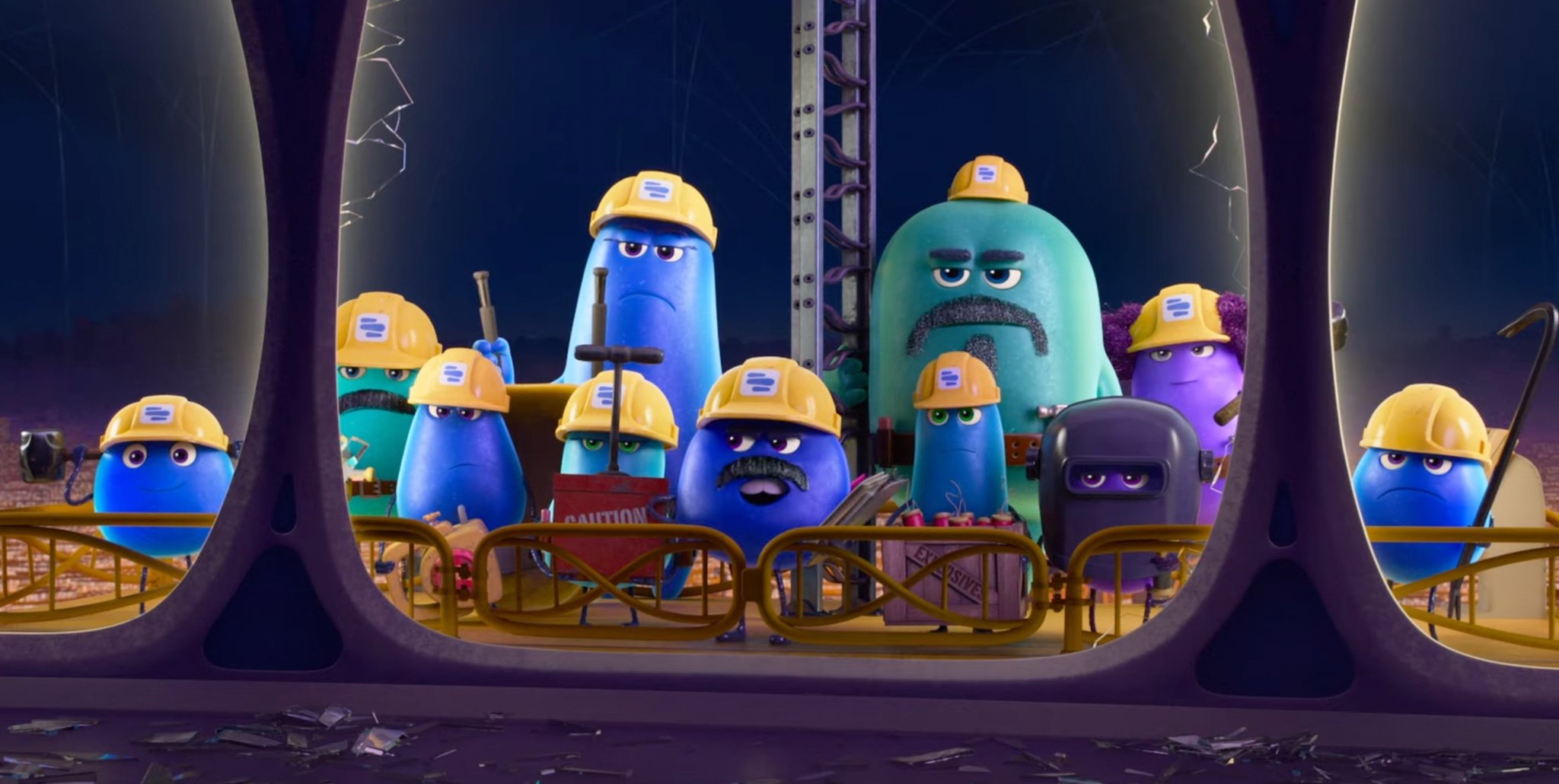Building Dreams: A Comprehensive Guide to Inside and Out construction
Constructing a building, whether it’s a cozy home or a towering skyscraper, is a complex undertaking that demands meticulous planning, skillful execution, and a deep understanding of both interior and exterior elements. This comprehensive guide delves into the intricacies of inside and out construction, exploring the key stages, materials, and considerations involved in bringing architectural visions to life.
Part 1: Laying the Foundation: Exterior Construction
The exterior of a building is its first impression, its protective shell, and a critical factor in its overall structural integrity. Exterior construction encompasses everything from the foundation to the roof, and involves a series of interconnected steps.
# 1.1 Site Preparation and Foundation: The Unsung Heroes

Before any vertical construction can begin, the site must be properly prepared. This often involves clearing the land, grading it to the correct level, and ensuring proper Drainage. The foundation, the very base of the structure, is then laid. Different types of foundations exist, each suited to specific soil conditions and building designs. Common types include:
Slab-on-grade: A single layer of concrete poured directly on the ground.
# 1.2 Framing: The Skeleton of the Structure
The framing stage defines the basic shape and structure of the building. It provides the framework to which all other elements will be attached. Common framing materials include:
Wood: A versaTile and cost-effective option, widely used in residential construction.

# 1.3 Roofing: Shielding from the Elements
The roof is the building’s primary defense against the elements. It protects the interior from rain, snow, wind, and sun. Roofing materials vary widely, each with its own advantages and disadvantages:
Asphalt shingles: A popular and affordable choice for residential roofing.
# 1.4 Exterior Walls: The Protective Skin
Exterior walls provide insulation, weather protection, and contribute significantly to the building’s aesthetics. Common wall materials include:
Brick: Durable and low-maintenance, offering excellent insulation and soundproofing.
# 1.5 Windows and Doors: Openings to the World
Windows and doors are essential for natural light, ventilation, and access to the building. They also play a crucial role in the building’s energy efficiency. Factors to consider when choosing windows and doors include:
Material: Wood, vinyl, fiberglass, and aluminum are common options.
Part 2: Crafting the Interior: Bringing Spaces to Life
Once the exterior shell is complete, the focus shifts to the interior, where the building’s functionality and aesthetics are brought to life.
# 2.1 Insulation: Creating a Comfortable Environment
Insulation plays a crucial role in regulating the building’s temperature and reducing energy costs. Different types of insulation are available, each with its own R-value, which measures its resistance to heat flow.
Fiberglass: A widely used and cost-effective insulation material.
# 2.2 Drywall and Plaster: Creating Smooth Surfaces
Drywall and plaster are used to create smooth, even surfaces on interior walls and ceilings. Drywall is a more common and faster option, while plaster is often used for decorative purposes.
# 2.3 Flooring: The Foundation of Interior Design
The flooring choice impacts both the aesthetics and functionality of a space. Numerous options are available, each with its own characteristics:
Hardwood: Classic and elegant, offering durability and timeless appeal.
# 2.4 Electrical and Plumbing: Essential Systems
Electrical and plumbing systems are the backbone of any building, providing power, water, and sanitation. These systems must be carefully planned and installed to ensure safety and functionality.
# 2.5 HVAC: Maintaining a Comfortable Climate
Heating, ventilation, and air conditioning (HVAC) systems are essential for maintaining a comfortable indoor climate. These systems regulate temperature, humidity, and air quality.
# 2.6 Interior Finishes: The Final Touches
The final touches, such as paint, trim, and fixtures, bring personality and style to the interior spaces. These elements contribute significantly to the overall aesthetic and feel of the building.
Part 3: The Interplay of Inside and Out
While seemingly distinct, interior and exterior construction are intrinsically linked. The exterior shell protects the interior environment, while the interior layout and finishes influence the building’s overall form and function. Careful consideration of the interplay between these two aspects is crucial for creating a successful and harmonious building.
# 3.1 Energy Efficiency: A Holistic Approach
Energy efficiency is a critical consideration in both interior and exterior construction. Proper insulation, efficient windows and doors, and well-designed HVAC systems contribute to reducing energy consumption and minimizing environmental impact.
# 3.2 Sustainability: Building for the Future
Sustainable building practices are becoming increasingly important. This involves using environmentally friendly materials, reducing waste, and minimizing the building’s impact on the surrounding ecosystem.
# 3.3 Building Codes and Regulations: Ensuring Safety and Quality
Building codes and regulations are in place to ensure the safety and quality of construction projects. Adhering to these codes is essential for obtaining permits and ensuring the long-term integrity of the building.
# 3.4 The Importance of Professional Expertise
Navigating the complexities of inside and out construction requires expertise and experience. Working with qualified architects, engineers, and contractors is crucial for ensuring the success of any building project.
Building a structure is a journey, from the initial vision to the final finishing touches. Understanding the intricacies of both inside and out construction is essential for creating spaces that are not only functional and aesthetically pleasing but also safe, sustainable, and built to last. By carefully considering each stage, material, and element, we can transform blueprints into tangible realities, building dreams one brick, beam, and finish at a time.
inside and out construction
